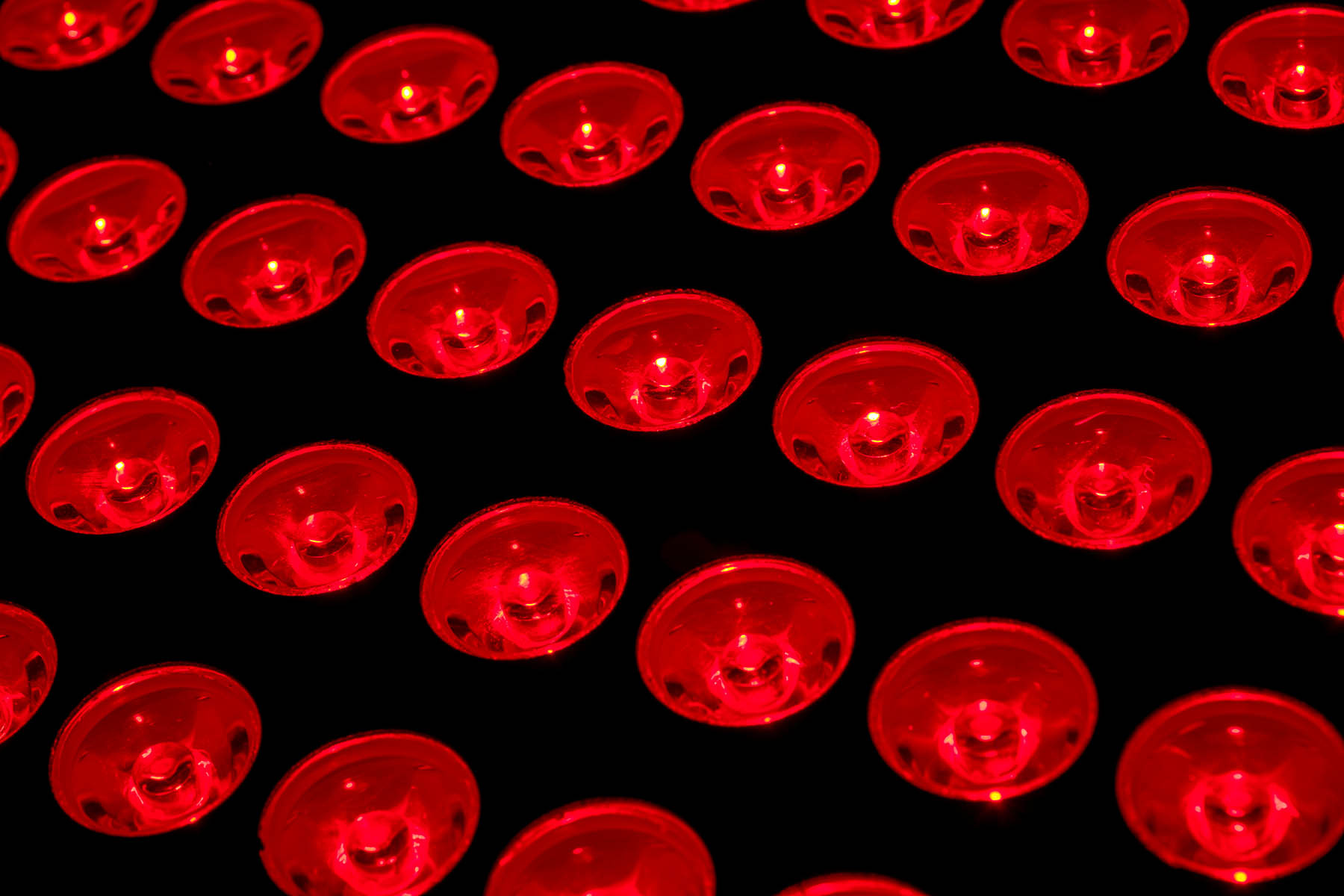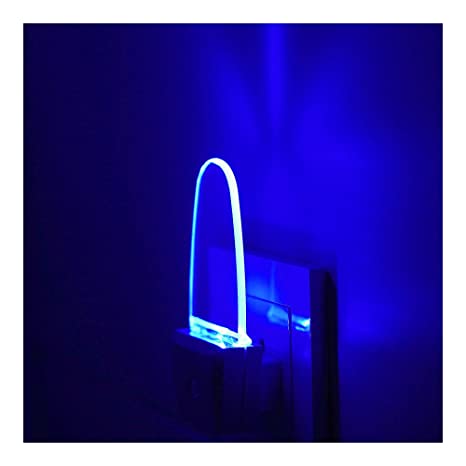Understanding the Importance of LED Lighting Regulations
Navigating the complex landscape of global LED lighting regulations and standards is crucial for manufacturers, distributors, and consumers alike. These regulations are designed to ensure safety, efficiency, and quality in the LED lighting industry. They cover a range of factors, including energy efficiency, environmental impact, and performance characteristics. Compliance with these standards not only guarantees product reliability but also fosters consumer trust and market stability. Understanding these regulations is key to successful navigation in the global LED market.
Key International Standards for LED Lighting
Several international standards govern the LED lighting industry. Prominent among them are the IEC (International Electrotechnical Commission) standards, which provide guidelines on safety, performance, and testing procedures for LED products. The Energy Star program, predominantly in the United States, sets criteria for energy efficiency and is a benchmark for quality in LED lighting. Additionally, the European Union’s RoHS (Restriction of Hazardous Substances) directive limits the use of certain hazardous materials in electronic and electrical products, including LEDs.
Regional Differences in LED Lighting Regulations
LED lighting regulations vary significantly across different regions and countries. For instance, the European Union has stringent regulations regarding the energy efficiency and environmental impact of LED products. The U.S. focuses on voluntary programs like Energy Star for promoting efficient lighting. Asian markets have their own set of standards and certifications, with countries like China and Japan implementing their unique requirements for LED lighting. Understanding these regional differences is essential for businesses operating in the global market and for ensuring compliance.
The Role of Certification and Labeling in LED Compliance
Certification and labeling play a vital role in the compliance of LED lighting products with global standards. Certifications such as UL (Underwriters Laboratories) in the U.S., CE (Conformité Européenne) in Europe, and CCC (China Compulsory Certificate) in China, indicate that a product meets the specific safety and performance standards of that region. Energy efficiency labels, like the EU energy label, provide consumers with information on the energy consumption and efficiency of LED products. Compliance with these certification and labeling requirements is crucial for market access and consumer confidence.
Staying Informed about Changing LED Lighting Regulations
The LED lighting industry is dynamic, with regulations and standards continuously evolving to accommodate new technologies and environmental considerations. Manufacturers and distributors must stay informed about these changes to ensure ongoing compliance and market access. This involves regular engagement with industry associations, participation in standard-setting processes, and adapting to new regulations as they emerge.
The Impact of LED Regulations on Sustainability and Innovation
LED lighting regulations have a significant impact on sustainability and innovation in the industry. By setting benchmarks for energy efficiency and environmental impact, these regulations encourage manufacturers to develop more sustainable and innovative lighting solutions. This drive for compliance has led to advancements in LED technology, making it more energy-efficient, cost-effective, and environmentally friendly.
Navigating a Path Through LED Lighting Regulations
In conclusion, navigating the complex world of global LED lighting regulations and standards is essential for anyone involved in the LED industry. Understanding and complying with these regulations ensures product safety, efficiency, and market acceptance. As the industry continues to evolve, staying informed and adaptable to regulatory changes will be key to success in the global LED lighting market.






